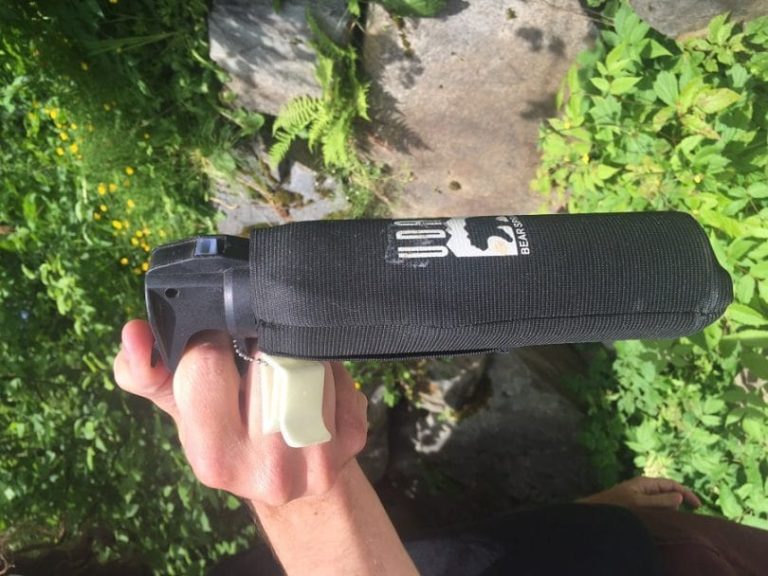How Do You Get Water Out of Your Ear: Enjoy Carefree Swimming and Showering
If you are also one of those who always get water stuck inside the ears after swimming or taking a bath, you are probably eager to find a solution to this problem. Having water trapped inside your ears is not only annoying but can also lead to severe infections. If you are asking yourself how do you get water out of your ear, you have come to the right place!
Allowing your water to sit in your ear canal might impair your hearing and lead to infections such as swimmer’s ear. Luckily, there are plenty of techniques that you can apply to get rid of water from your ears. From blow-drying to creating a vacuum to preparing a homemade ear-cleaning solution, there are many remedies waiting for you to discover them.
Check out this ultimate guide on ears with trapped water and find out when you should seek medical attention and how to prevent infections from happening. Make sure you also investigate the top techniques that you can perform at home to free your ears of water.
Why is it Important to Remove Water From the Ear?
When water is trapped inside the ear for too long, you are more prone to developing an infection such as swimmer’s ear. While the inflammation more likely occurs due to exposure to dirty water rich in germs, infection is also not excluded when clean water enters the ears.
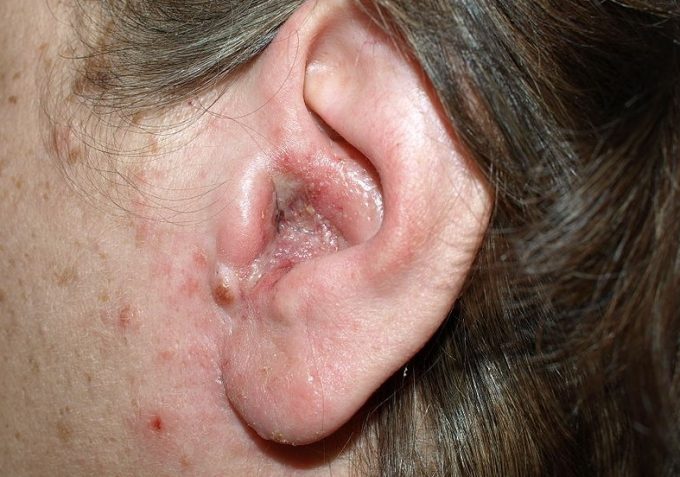
Our ears have several defensive mechanisms that protect us against infections. Nevertheless, if these defenses are overwhelmed, an infection may still occur. Here are the factors that contribute to the development of ear diseases:
- Exposure to contaminated water
- Excess moisture in ears
- Cuts and scratches inside the ear canal
- Jewelry or hair products allergies
When to See a Doctor
Keep in mind that it is always recommended to see your doctor if you begin to experience ear pain in addition to having water trapped inside it. The following indications are often a warning that an infection is developing and should never be ignored.
Don’t hesitate to go to the hospital if you the following symptoms persist:

- Loss of hearing
- Green, yellow, or white puslike and sticky ear discharge
- Foul smell coming out of the ear
- Ear pain, especially if it increases as you touch or pull the outer ear
- Ear or ear canal itching
- Fever
- Ongoing infection despite taking antibiotics for more than ten days
Sometimes, things work out on their own. However, if the problem persists for several days, you should seek medical attention. Severe ear inflammations can lead to permanent ear damages and loss of hearing.
Techniques for Getting Water Out Of the Ear
The most effective method on how to get water out of ear depends on your situation. Here are the top remedies that you can try out to achieve some relief and prevent diseases.
Creating a Vacuum
The reason why this technique is on the top of our list lies in its convenience. All you need for it to work is one hand and a bit of your time.
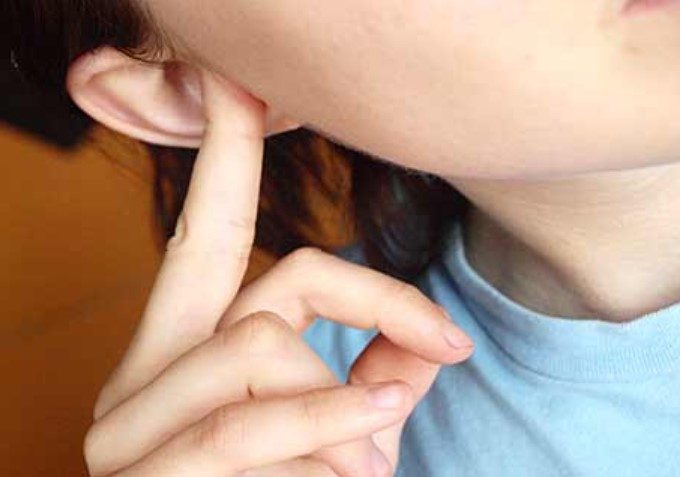
As you create a vacuum in your ear, you will most likely be able to draw the water out. Follow these steps for best performance.
- Tilt your head until the affected ear is facing down. If the ear with water inside is pointing upward, the liquid might flow deeper into the canal.
- Cover the ear with your cup-shaped palm. Make sure that you make a tight seal between the palm and the surroundings of your ear.
- Gently push your palm forth and back several times to create a vacuum. Don’t press on the ear too hard.
- With the help of gravity, water will come out of the ear in no time.
- Keep tilting your head to allow the water to drain.
Alternatively, you could also block the ear with your thumb and create a vacuum the same way as described above. However, if you do so, you have to be careful not to scratch the skin or go inside the ear canal with your finger. Your hands should be clean, and nails cut short.
Head Tilting
If you are after results that don’t require any work on your side, head tilting is the best option. Simply, tilt the head into the direction of the ear that has water inside. From there, gravity will take over and eventually lead water out of the ear canal.
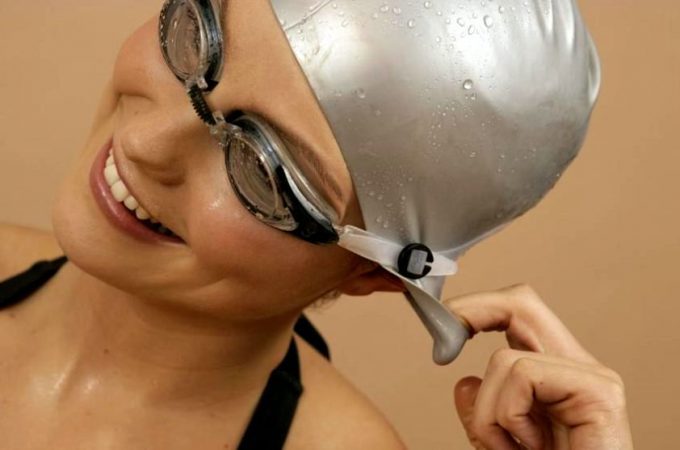
- For quick results, try standing on one leg while the affected ear is facing the floor. Then, proceed to hop on that one foot. This will most likely accelerate the water draining process.
- Additionally, you can also lie down sideways and make sure the ear with water inside is facing the bed or couch. This method works best if you do it overnight while you are sleeping or while watching TV. To prevent your pillow from getting wet, place a towel underneath your ear.
- You can also try tilting your head so that the affected ear will point upward. Then, quickly tilt it to the other side. This might provide the water with the necessary push to free itself from the ear.
Chewing
When you are chewing, muscles all over your face are triggered. The jawbones around the ears also move, causing the Eustachian tubes of the inner ear to push the water outwards.
It’s time to stock up on chewing gums. If you’re patient enough, you can also simply pretend that you are chewing – that works as well!
Yawning
Who would think that yawning can be beneficial? As you yawn, the water bubble trapped inside the ear might pop and drain. Again, various muscles get activated as you yawn and that has an effect on the Eustachian tubes.
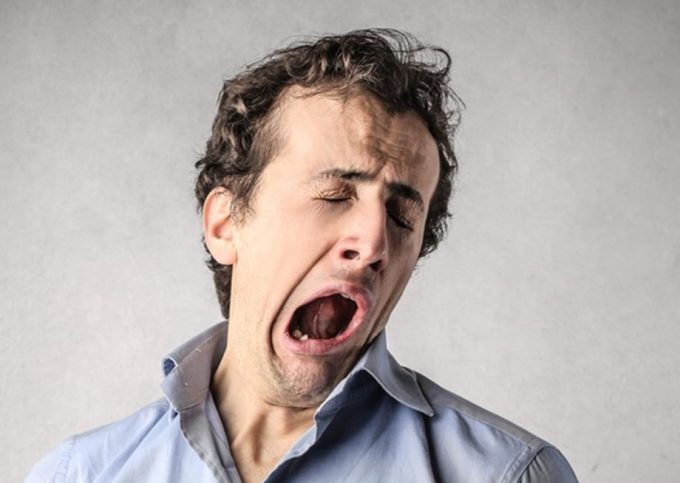
If that doesn’t work right away, don’t give up. Turn on a boring movie or do whatever makes you feel lazy and tired. This way, you will yawn more. Additionally, it is ideal to combine this method with head tilting while lying down sideways.
Preparing Homemade Ear-cleaning Solution
While trying to get rid of trapped water, you should also consider disinfecting your ear to prevent infections such as swimmer’s ear. By using this 2-in-1 homemade ear-cleaning solution, you will be able to sterilize your ears and free them from trapped earwax and water.
If you are willing to try it out, make sure to get some white vinegar and rubbing alcohol. The acidic nature of the solution will break down earwax blockages that may have trapped the water inside the ear. Furthermore, the alcohol will disinfect the canal and allow water to evaporate more quickly.
- Make a solution with one part white vinegar to one part rubbing alcohol. You are not advised to use rubbing alcohol or white vinegar alone.
- Pour half a teaspoon (2 – 3 ml) of the solution into your ear. You can also use ear dropper.
- Wait a minute then tilt your head to allow ear fluids to drain.
- Pat dry the outer ear.
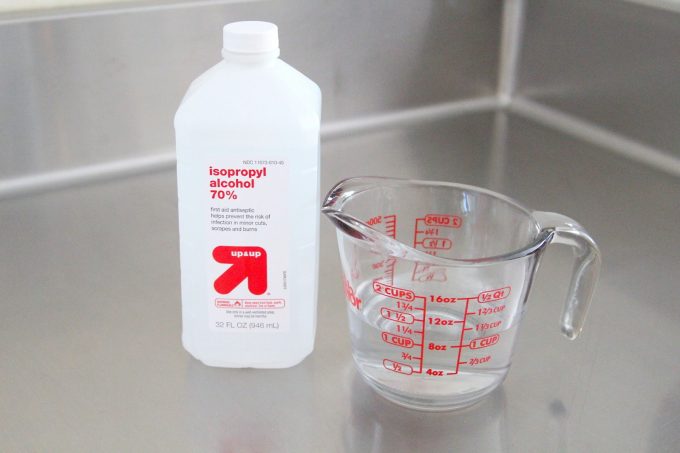
Avoid this technique if you are suffering from any of the following conditions:
- Outer ear infection
- Perforated eardrum
- Tympanostomy tubes
Blow-drying the Ear
Not everyone agrees with this solution, but it will work just fine if you apply it correctly. Turn on your dryer and place it approximately 1 foot or 30 cm away from the affected ear. Make sure that cold or low heat setting is selected. Proceed to blow the air into your ear from that distance. You can also move the dryer back and forth for additional benefits. If the ear starts to feels too hot, remove the dryer immediately.
Applying Warm Compress
Water often gets trapped inside the Eustachian tubes, and this remedy helps to deal with this problem. All you need is a clean cloth or towel and some hot or warm water. Dip the towel in the water and then squeeze it to remove excess liquid.

Tilt your head so that the affected side will point downward. Then, press the cloth against your ear and wait for up to 1 minute. After it gets colder, remove the towel, re-dip it, and apply around five more times.
Using Hydrogen Peroxide Ear Drops
Hydrogen peroxide ear drops are designed with a purpose of removing earwax and debris from the ears. They also eliminate the germs and help free trapped water. You can get these drops online or in any store with a health-related section.
Apply the ear drops using a clean ear dropper. Typically, you should pour 3 – 5 drops into your ear at once. After that, wait for a few minutes then tilt your head and allow the liquids to drain. Avoid this technique if you are suffering from any of the following conditions:
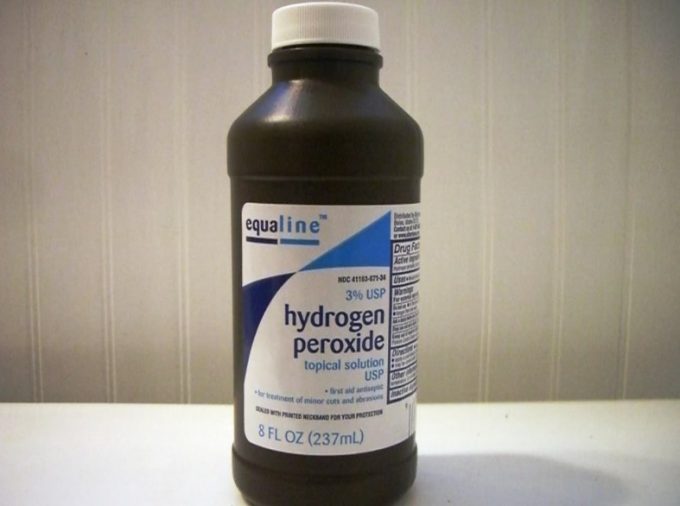
- Outer ear infection
- Perforated eardrum
- Tympanostomy tubes
Preparing a Steam bath
Steam is not only good for your nasal passages but can also help you release water from the Eustachian tubes. You can make yourself a small sauna by boiling the water and pouring it in a bowl. Then, place your face over the bowl and cover your head with a towel to lock in more moisture. Make sure to remove it if things get too hot underneath.
After that, all you have to do is wait for around 10 minutes. As the steam begins to fade away, tilt your head and allow the water to drain out. Additionally, you are also suggested to take a hot shower. The effects will be the same, and you will be doing two things at once.
Applying Olive Oil
This popular home remedy has long been used for treating various ear conditions. Olive oil can help you destroy earwax buildups as well as decrease chances of getting an infection. It also encourages the water in the ear to drain out.

- Warm up half a teaspoon of olive oil. Ensure that it is not too hot for the
- Lie down and tilt your head so that the affected ear is pointing upward.
- Use a clean dropper or a teaspoon to pour the oil inside the ear.
- Wait for 10 minutes then tilt your head to the opposite side.
- Wait for the oil and water to drain out thoroughly.
Performing Valsalva Maneuver
The Valsalva maneuver has long been proven effective at freeing enclosed Eustachian tubes. If there’s any water trapped inside them, this technique will surely send it on its way out of the ear.
Valsalva maneuver process:
- Breathe in deeply then close your mouth.
- Shut your nostrils using your fingers.
- Try to exhale through your nose slowly.
- When you hear a popping sound, the Eustachian tubes have been reopened.
- Tilt your head so that the trapped water can drain out of your ear.
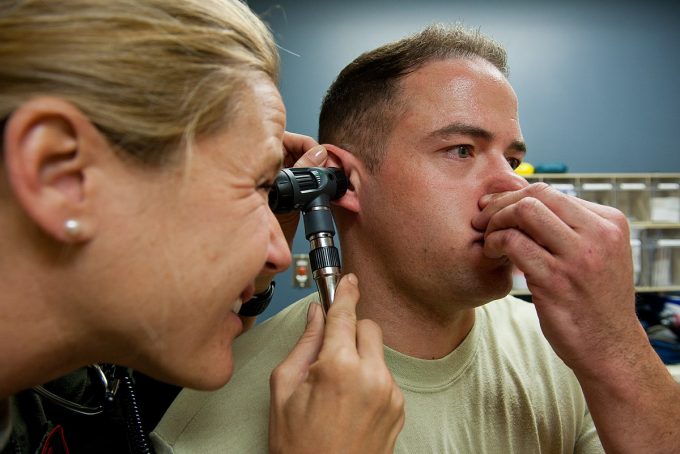
Note that you should take some caution when performing this technique. You shouldn’t blow too hard as that can damage your eardrums.
Adding More Water
While adding more water might seem illogical, it may help you draw out trapped fluids. If you decide to do this, lie down on your side with the affected ear facing upward. Use a dropper and fill the ear with warm water. Wait for ten seconds then turn your head to the other side, allowing water to drain out.
Preventing Future Problems
Prevention is crucial to maintaining good health. In this case, you can do a lot to avoid water both from getting trapped inside the ear as well as preventing infections after it does make it in.

- Don’t insert cotton swabs or other objects inside your ear. Doing so may result in tissue damages, injuries to the ear canal, eardrum puncturing, spreading the germs, and pushing the earwax and water even further into the ear.
- Use a swim cap or earplugs when you are about to immerse yourself in water.
- Dry your ears after wetting them. It’s normal to make your ears wet while showering or swimming. However, when you are done, you should thoroughly dry your outer ears. Avoid pushing towel or other objects inside the ear canal. What you can do is shake and tilt your head to help water get out of the canal where you can easily wipe it.
- Avoid sealing your ears with cotton balls or earplugs when there is water inside them. You may think that this will help you absorb water, but the actual effects are quite the opposite. Shutting the ears results in water and earwax being pushed deeper inside the ear.
Wind Up!
Taking care of your ears is very important. At all times, you have to make sure that there is no trapped water inside them as that could lead to severe health complications. If you are one of those people who are prone to getting water trapped inside their ears, easy and efficient solutions are what you should look for.

Fortunately, there are plenty of methods for you to try out right at your home. From Valsalva maneuver to blow-drying your ears to preparing a homemade ear-cleaning solution, there are numerous techniques that will help you free your ears of water.
Make sure you also pay attention to preventing water from getting trapped inside and avoiding infections if water makes it in after all. Do you often end up in a situation where your ears are stuck with water? Let us know how you prefer to deal with this problem!




